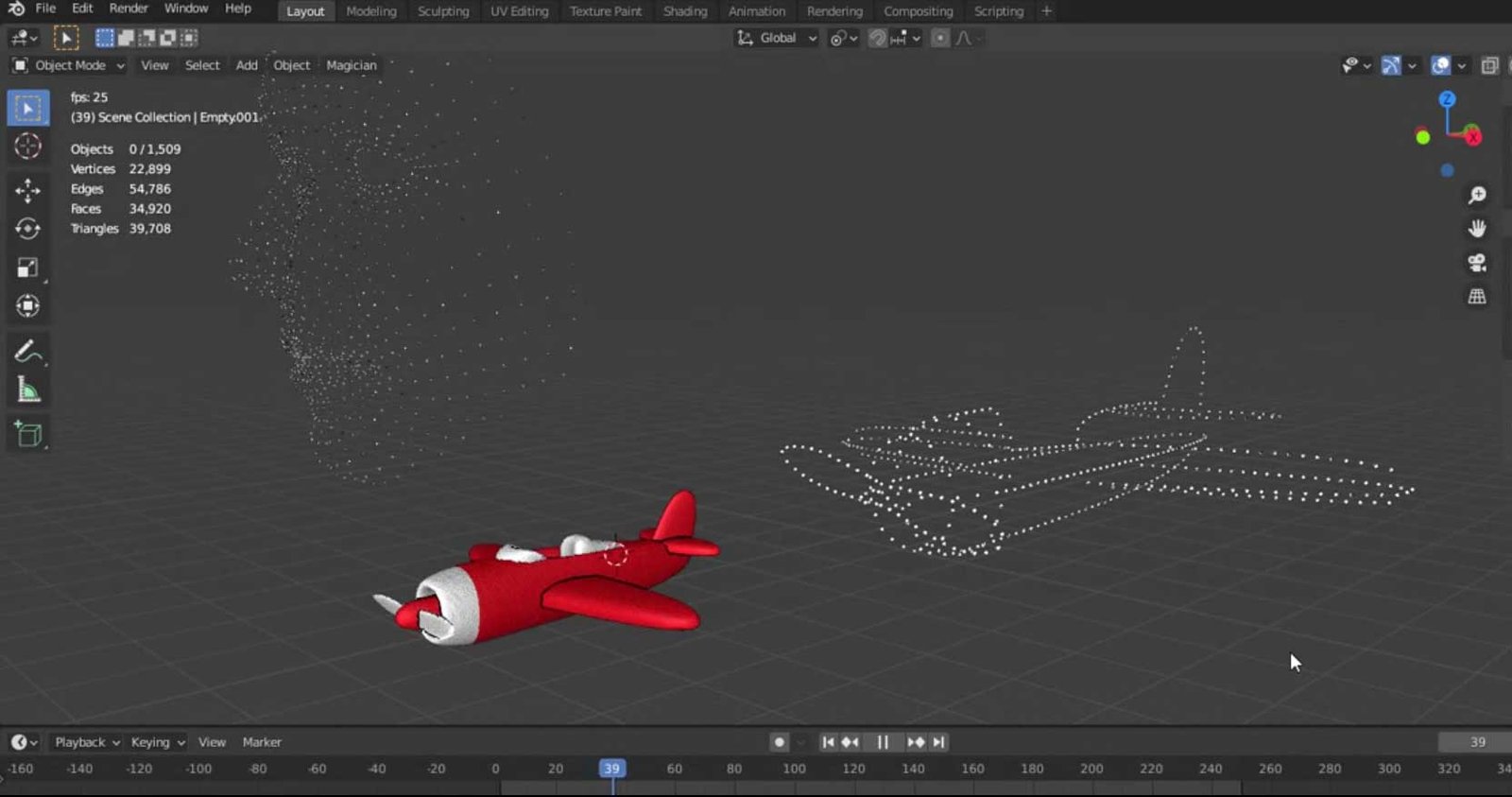
Drone light shows have revolutionized the world of entertainment, offering a mesmerizing blend of technology and artistry. Unlike traditional fireworks, drone shows are reusable, environmentally friendly, and capable of creating complex, synchronized patterns in the sky. But what does it take to bring a drone light show from concept to reality? In this article, we explore the creative process behind designing a drone light show, from the initial idea to the final breathtaking performance.
Step 1: Concept Development
The first stage of designing a drone light show is developing a compelling concept. This involves understanding the purpose of the show, the target audience, and the key messages or themes to be conveyed. Whether it's a national celebration, corporate event, or festival, the show must align with the occasion’s significance.
Key Considerations
Event Theme: Determining the central theme, such as a patriotic display, product launch, or holiday celebration.
Client Requirements: Customizing the show according to client needs and expectations.
Storytelling Approach: Creating a narrative that will unfold in the sky through visual sequences.
Step 2: Storyboarding and Animation
Once the concept is established, designers create a storyboard outlining the visual flow of the drone formations. This is akin to sketching a movie scene before filming begins. Using 3D animation software, designers simulate how the drones will move and transition from one formation to another.
Tools Used
3D Modeling Software: Programs like Blender, Cinema 4D, or After Effects help visualize animations.
Drone Choreography Software: Specialized software such as Drone Show Software or DroneDeploy enables precise control of drone movements.
Color and Light Effects: Designers map out color schemes to enhance the aesthetic appeal.

Step 3: Technical Feasibility and Drone Programming
After the creative vision is established, engineers and drone specialists analyze the technical feasibility of the show. This stage involves programming the drones and ensuring they can execute the planned animations smoothly and safely.
Technical Aspects
Number of Drones: The complexity of the show often depends on the number of drones available.
Flight Path Optimization: Ensuring drones do not collide while forming seamless transitions.
GPS and Communication Systems: Each drone must be precisely positioned using GPS coordination.
Battery Life Considerations: Ensuring drones can complete their flight sequences without power shortages.
Step 4: Testing and Simulation
Before taking to the skies, the show undergoes rigorous testing through digital simulations and real-world rehearsals. This step ensures that every element of the performance is synchronized and that there are no unexpected failures.
Testing Stages
Virtual Simulation: Running the entire sequence on software to check timing and positioning.
Small-Scale Test Flights: Deploying a few drones to validate movement accuracy.
Full-Scale Rehearsal: Conducting a test flight in a controlled environment to ensure precision.
Step 5: Safety and Regulatory Compliance
Drone shows must adhere to aviation regulations and safety protocols. Obtaining permits and ensuring compliance with local airspace laws is crucial before launching a performance.
Safety Measures
Flight Permits: Gaining approval from civil aviation authorities.
Emergency Procedures: Planning contingencies in case of technical failures.
Crowd Safety: Ensuring safe distances between drones and the audience.
Step 6: The Live Performance
With everything in place, the final stage is the actual performance. The drones are launched in precise synchronization, creating an awe-inspiring spectacle in the sky.
Execution Steps
Pre-Show Checks: Conducting last-minute system checks and weather assessments.
Launch and Synchronization: The drones take off and follow their pre-programmed flight paths.
Real-Time Monitoring: Operators oversee the performance and address any unexpected issues.
Designing a drone light show is a complex yet rewarding process that blends creativity, engineering, and innovation. From conceptualization to execution, every step plays a vital role in ensuring a flawless and captivating display. As technology continues to advance, the future of drone shows promises even more breathtaking possibilities, pushing the boundaries of what can be achieved in aerial entertainment.

